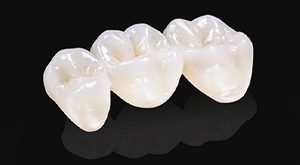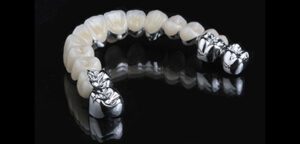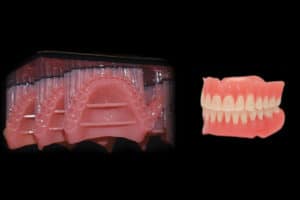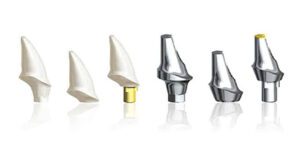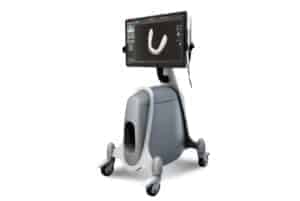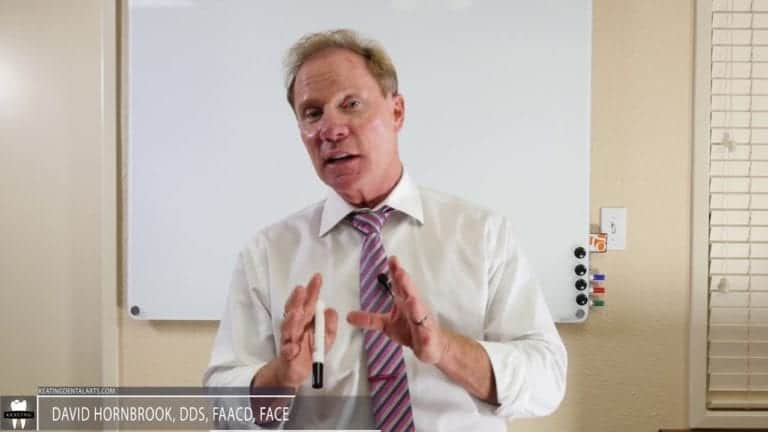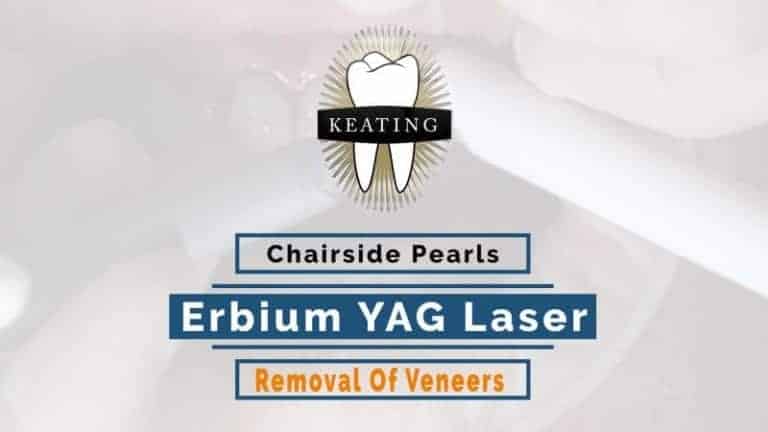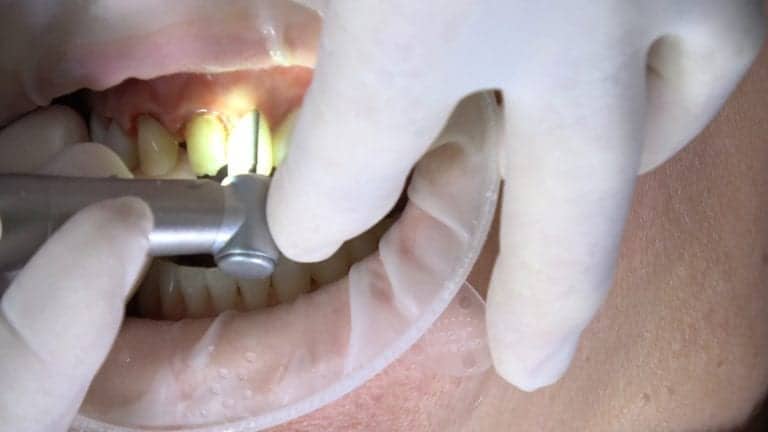In this first episode of the “dental obstacle” 4K Ultra HD Video series, Dr. David Hornbrook (Clinical director of education and technology) @keatingdentallab discusses some obstacles that keep dentists and clinicians from achieving a level of dentistry they want to or should be doing. Sign up for our Newsletter and weekly updates to be notified for episode 2.
To see more on the CE Credit Live Courses for 2015-2016 Go to:
Video Transcript:
Dr. Hornbrook: Hello, I’m Dr. David Hornbrook, the clinical director of Education Technology, here at Keating Dental Lab, in Irvine, California. I want to talk about some things I’ll call obstacles, and those are things that are keeping dentists from maybe doing some of the dentistry, either they want to do, or they should do.
I have two favorite quotes, the first one, a lot of you have already heard this, is by Wayne Gretzky, and he says, “You miss 100% of the shots that you don’t take.” 100% of the shots. The goalie is not going to reach out, grab the puck, throw it in and say, “The great one scored on me.”
It’s the same with dentistry. It surprises me how few dentists actually ask their patients if they can help them, either improving the quality of their life, or giving them a more beautiful smile. In a new patient exam, obviously I’m going to take x-rays, I’m going to do perio charting, I’m going to do an oral cancer exam, and I’m going to give a comprehensive examination of the teeth.
Let’s say as I’m running around the arch, the patient has a PFM, a porcelain fused to metal crown on the left central maxillary incisor. I’m just not going to let that go. Even on my health history form, if it says if there’s something you’d like to change about your smile, what would it be? Even if they put nothing, I’m going to ask them about that, because we know porcelain fused to metal crowns rarely look natural, rarely look beautiful, especially in the front of the mouth.
I will hand the patient a mirror and say, “You have a crown.” And usually they’ll say, “Oh, yeah, I’ve had it many years. I broke my tooth as a teenager.” Or whatever. I’ll say, “You have a crown that I would call yesterday’s technology. It has a metal base where it’s basically a gray tooth we paint bright white, and then make it look like a tooth. Things have changed a little bit. Does it bother you at all?”
If the person, especially a male, says, “No, it doesn’t bother me.” I just don’t leave it at that. I would say, “Well, it’s clinically acceptable, I just want you to know that materials and techniques have changed so much, that if you ever want to do anything about it, I’m here for you.” Then I move on.
It surprises me how many times, 3 courses of the way through the rest of the exam, the patient will say, “Let’s talk about that crown again. What were you talking about?” All I did was plant a seed and ask them. It could be a diastema, it could be a chip, it could be an amalgam on an upper premolar that shows when they smile.
Lots of times they don’t realize that maybe it’s a compromise, or maybe their previous dentist, or you, or in my case, me in the past, never really asked them if they would like to make that change. Hopefully that little tidbit of asking your patients if there is something you can do for them, that you’re there for them.

